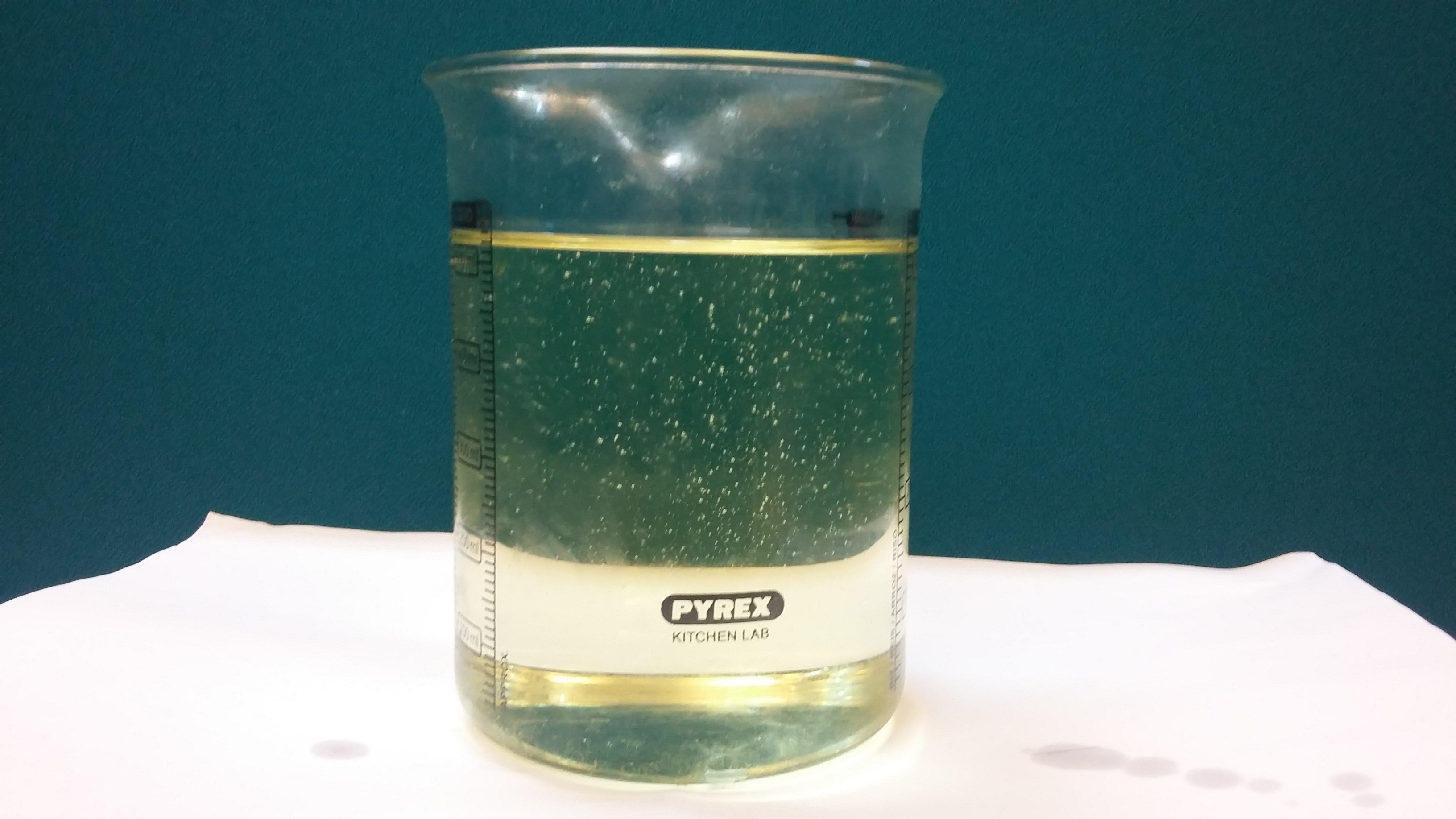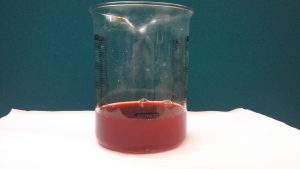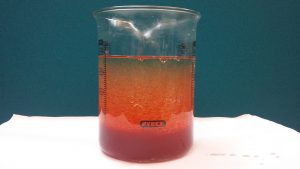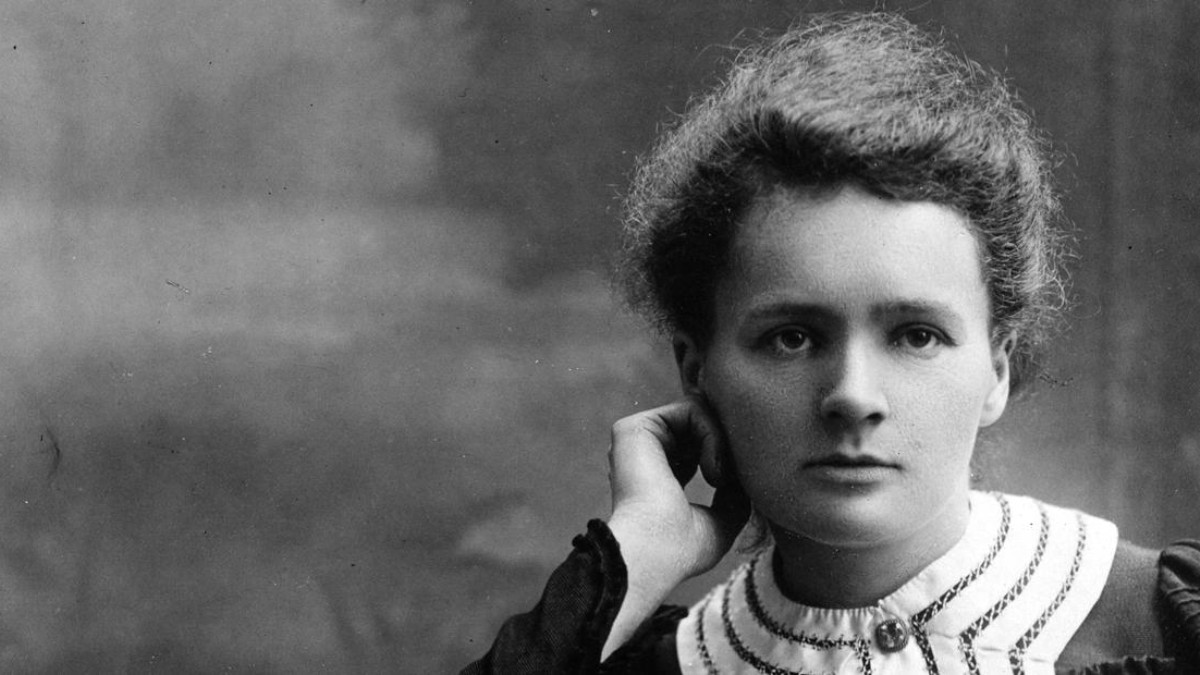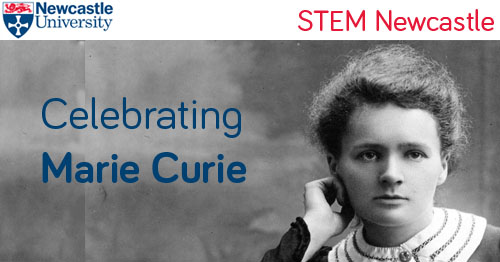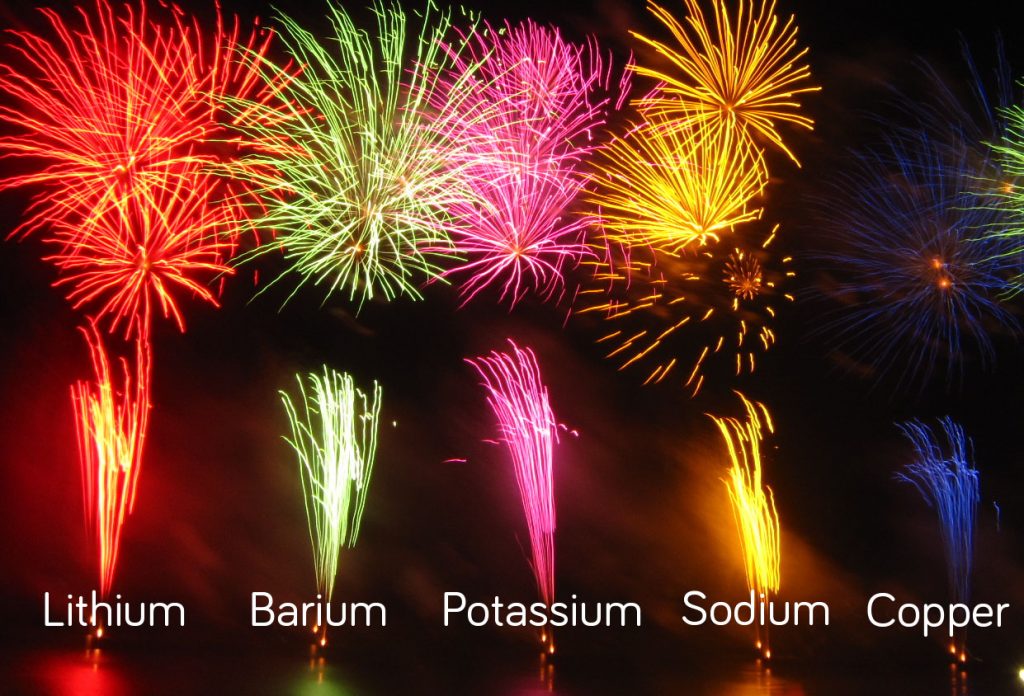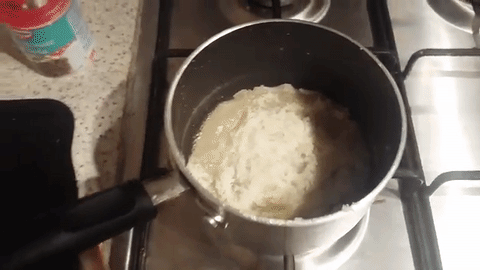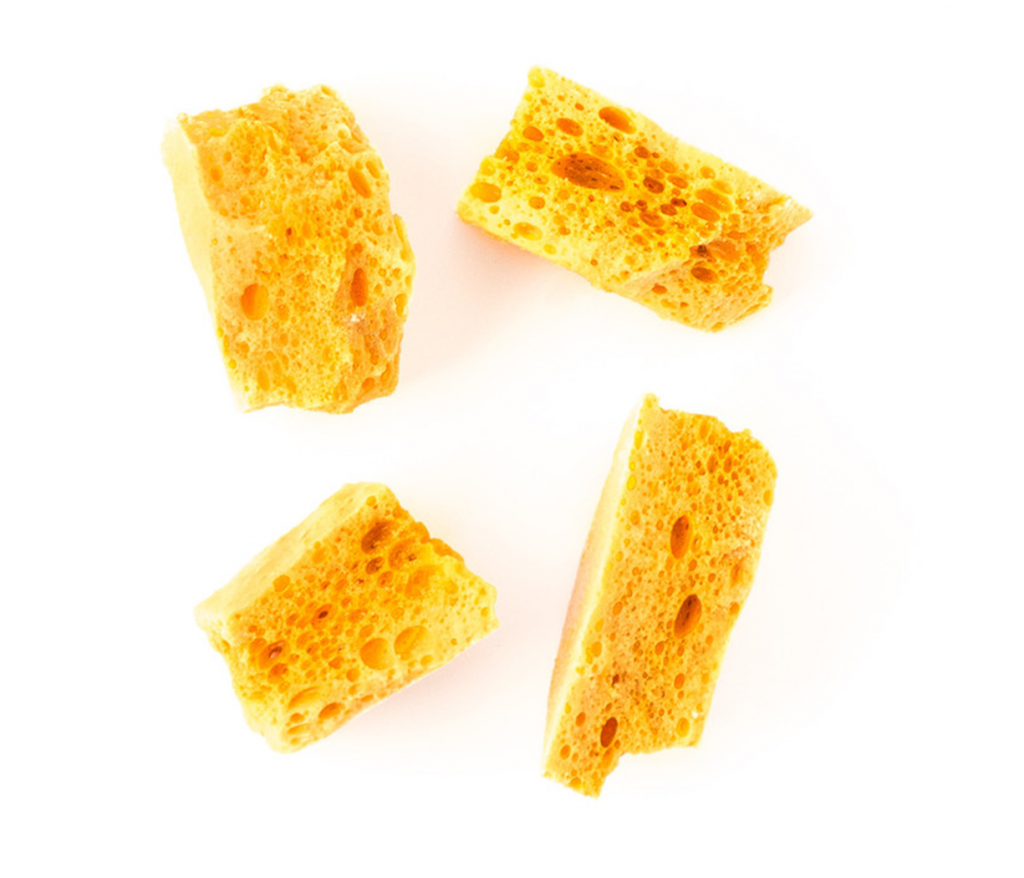
Stu Brew is Europe’s first student-run microbrewery based at Newcastle University. We are managed by students for students through Newcastle University Students’ Union. There are over 120 students involved in Stu Brew. The brewery is capable of producing around 800 pints in one day and the beer is sold at a variety of pubs and bottle shops throughout the North East.
The Brewery
Our brewery is where all the magic happens. The brewery is made up of a number of stages. The brewery can be seen in the picture below which shows all the different vessels.
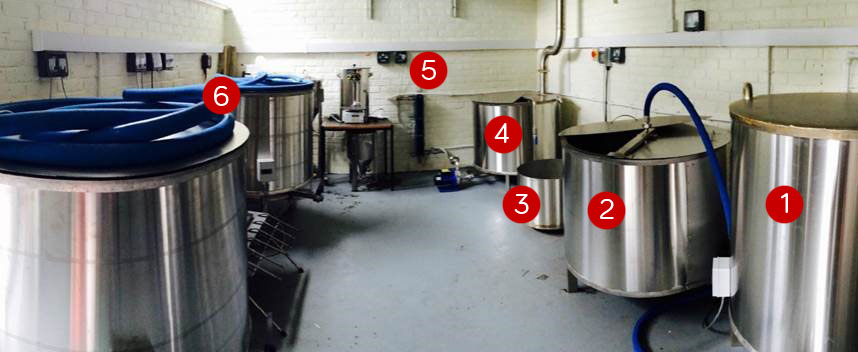
- Hot Liquor tank: This is where all the water that is needed for the brewing process is heated up to around 77°C . Our brewery uses around 500 litres of water per brew!
- Mash Tun: This is where the hot water is mixed with grain to extract all the sugars that are used to make the beer. Different types of grain are used to create different styles of beer. We have made over 15 different styles of beer with many more to come.
- Whirlpool: The grain is separated from the sugar rich water which is known as wort in this stage
- Kettle: The wort is boiled for an hour killing off any bacteria that may infect the beer. Hops are added at various points in the boil to add different flavours to the beer. For example adding hops at the start of the boil gives the beer its bitterness whereas hops added towards the end of the boil yield more aromatic flavours.
- Heat Exchanger: This is used to cool the boiling wort down to 20°C.
- Fermentation: The yeast is added to the beer which reacts with the sugars within the wort and converts them into alcohol. After about 72 hours this reaction is complete and the beer is then put into casks and is ready to be sold and drunk!
